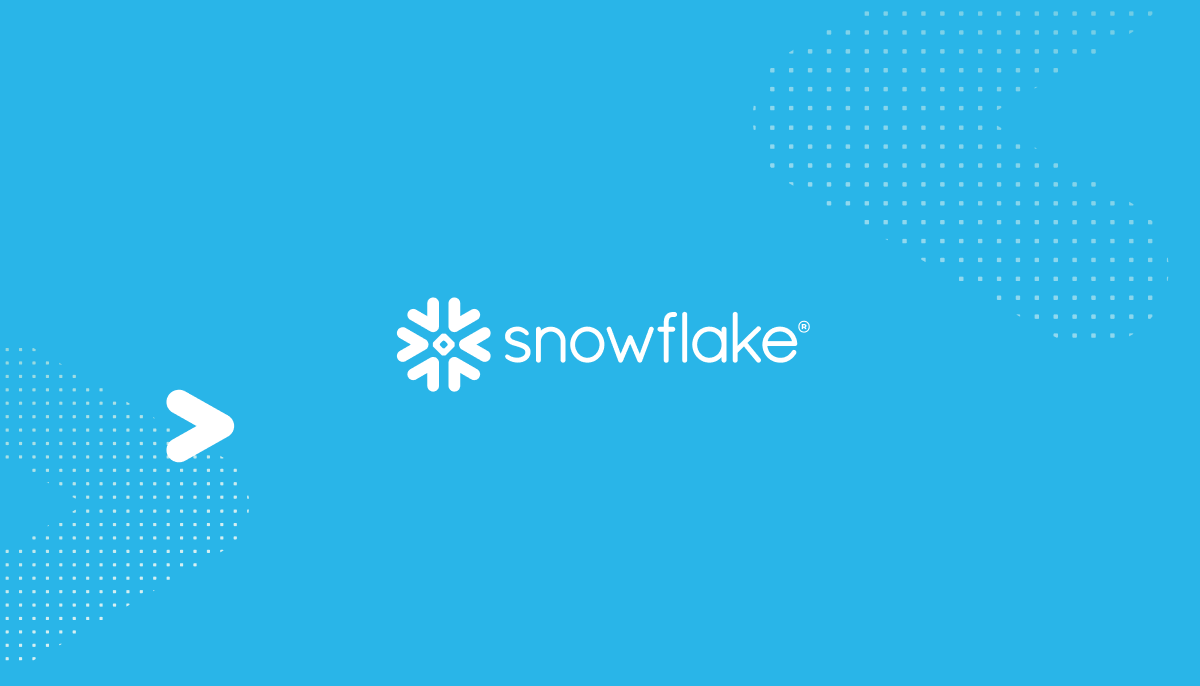In the past few days, the scope and trajectory of Instacart’s use of Snowflake has been misrepresented by some on social media. Snowflake has partnered closely with Instacart to scale up to meet the company’s massive demand growth, and then to optimize for efficiency. Optimizations are undertaken on a workload-by-workload basis, and have been extremely successful. Here is one recent example: Snowflake Summit Presentation: How Instacart Optimized Snowflake Costs by 50%.
As a result of savings through optimization, the Instacart team has been able to expand use cases and workloads on Snowflake. Snowflake is used extensively by nearly every team within Instacart, including the catalog team, machine learning, ads, shoppers, retailers, customers, and logistics organizations. It enables critical workflows such as the experimentation infrastructure, catalog data pipelines and the ML Feature Store. Instacart has a large number of active Snowflake users running millions of queries per month across many petabytes of data. Some of these use cases were recently discussed with theCUBE’s industry analysts.
To clear up confusion about Instacart’s historical spend on Snowflake, the actual usage of Snowflake (Instacart’s expenses) was $28 million in the 2021 calendar year, $28 million in the 2022 calendar year, and in the first half of calendar year 2023, $11 million. In some social media posts, payment schedules have been incorrectly conflated with actual usage to suggest a large decline in spending—this is not the case.
Snowflake is essential to Instacart’s data strategy, powering analytics and insights, and a huge range of business-critical data-powered products and machine learning applications. We are proud to continue to partner with Instacart.
